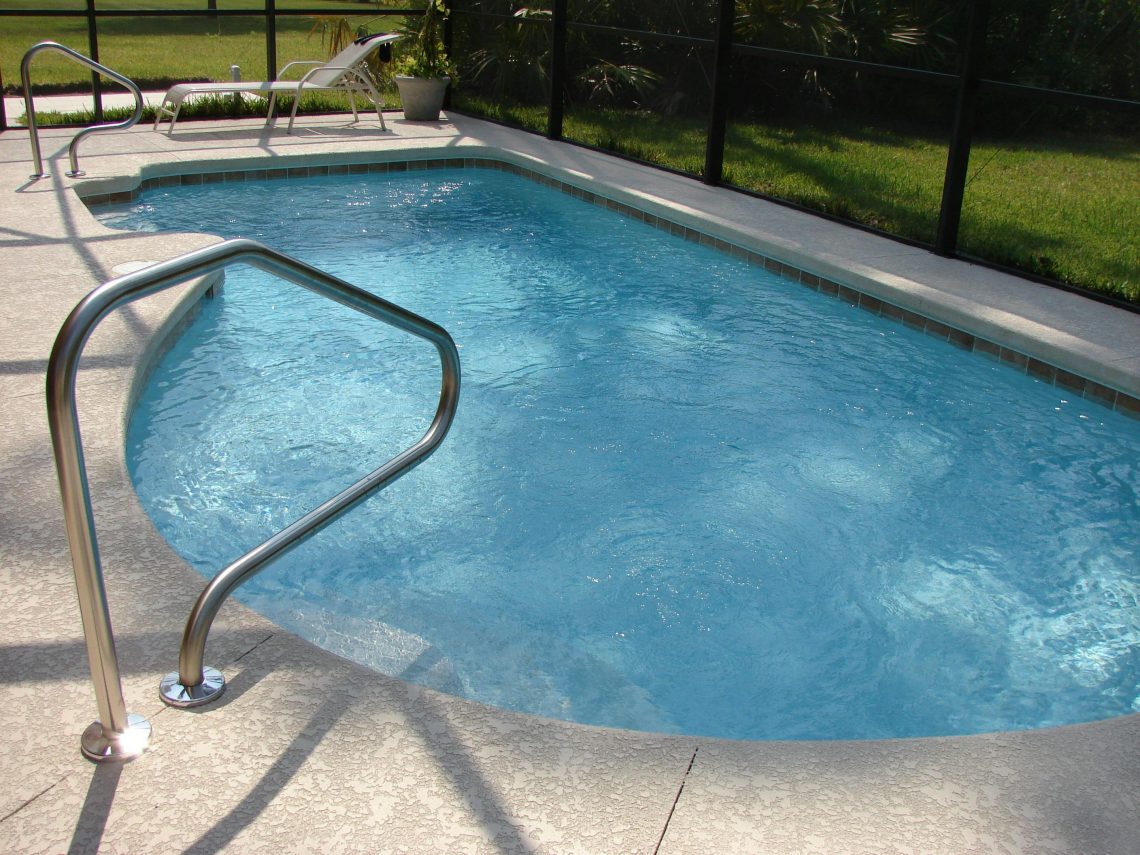Determine the cause of water loss first: Check if evaporation, splash-out, or backwashing could explain the drop before assuming it’s a leak. Start with a visual inspection: Examine the pool liner, fittings, walls, and accessories for obvious tears, cracks, or loose connections. Use simple tests to pinpoint leaks: The bucket test and dye testing help identify whether water loss is from a leak and locate small liner leaks. Check plumbing and filter systems carefully: Inspect pumps, hoses, connections, filter housings, and backwash lines, as plumbing leaks are common. Temporary fixes can hold water: Vinyl patches, epoxy, or tightening fittings can…
-
-
Identify the Type of Leak: Pressure, suction, or structural leaks behave differently; understanding the type helps narrow down where to look and how to fix it. Monitor Water Levels: Conduct regular water-level checks and use the 24-hour test to detect unusual water loss patterns. Inspect Common Leak Points: Focus on return lines, skimmers, drains, pool shell, liner, steps, lights, and fittings for cracks, holes, or worn seals. Use Precise Detection Methods: Dye testing, plugging lines, and pressure tests are effective ways to locate hidden or small leaks. Maintain Equipment and Components: Regularly clean filters, inspect pumps, replace aging parts, and…
-
Florida’s fall season often brings more than cooler air and changing foliage—it also marks the height of hurricane activity. For residents, this time of year requires thoughtful preparation, awareness, and practical strategies to reduce potential risks. Hurricanes can form quickly and their impacts can vary, from heavy rain and strong winds to flooding and extended power outages. Because of the unpredictability of these storms, homeowners and businesses alike need to take proactive steps to safeguard their properties and families before severe weather hits. Unlike other natural disasters, hurricanes give some degree of warning. Yet, that window of time can be…


